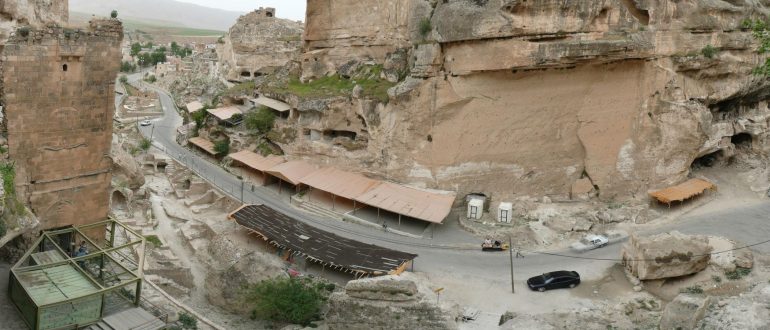
Regional Hegemony and the Loss of a 12,000 year old World Heritage Site: Hasankeyf
Two weeks ago, the third turbine of the controversial Ilisu Dam, located on the Tigris river in Turkey’s southeastern Batman province, was launched. The dam, part of the government’s developmental Southeastern Anatolia Project, is expected to generate 4.1 billion kilowatt-hours of electricity per year. Although the construction of the dam received considerable local and international opposition, the AKP – the ruling party in the Turkish government – realised its plan and water began submerging Hasankeyf, an archaeological jewel near the Tigris river in the disputed Kurdish region of Turkey.
Hasankeyf is said to be 12,000 years old and is therefore one of the oldest continuously inhabited settlements in the world. It meets nine of UNESCO’s selection criteria, but the Turkish government did not apply for recognition. This is not an oversight, but a policy with cultural, geopolitical and strategic dimensions. The construction of the Ilisu Dam, along with other dams on the Tigris and Euphrates rivers, bars the Kurdish PKK party from interacting with the local population. It creates severe water shortages further downstream in Iraq, where the fishing industry, crops and fresh drinking water supplies rely heavily on the rivers, putting thousands of lives at risk. This constitutes part of Erdogan’s wider vision of regional hegemony, which can also be observed in other recent interactions with neighbouring Syria, Iraq and Greece. Hasankeyf, inhabited mostly by Kurds and Arabs indigenous to the region, as well as archaeological sites, which include an 800-year old bathhouse, an Ayyubid mosque, an ancient citadel, a bridge built in 1116 AD and several Neolithic caves, are memorials of a civilisation that do not fit into Erdogan’s vision of an ethnically and culturally homogenous Turkey.
To an outside observer, it may look like the government has a well-intentioned plan for Hasankeyf, which lies in Turkey’s poorest and most underdeveloped region. However, through my interactions with the local inhabitants, it became abundantly clear to me, that Erdogan’s plans were not only met with suspicion, but with an active resistance inherited through generations of trauma. The ancient artefacts have been transported to a nearby location and the inhabitants have been forcibly relocated to a newly built town, made up of rows of identical houses. However, not all of the residents of Hasankeyf were eligible for the government’s housing scheme and many have therefore become displaced.
Hasankeyf is a symptom of policy in Turkey’s Southeast, that ignores the dignity and erases the culture and heritage of the local population in favour of regional hegemony. Today, Hasankeyf is lost.
Disclaimer: The views and opinions expressed in this article are those of the author and do not necessarily reflect the opinion of IFAIR e.V. or its members.

Anna Klein
Anna Klein is a researcher with an M.Sc. in International Relations from the London School of Economics. Her interests include the political history of the Middle East, particularly Turkey.
